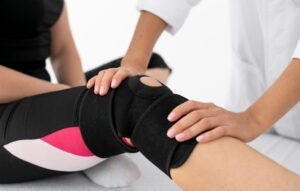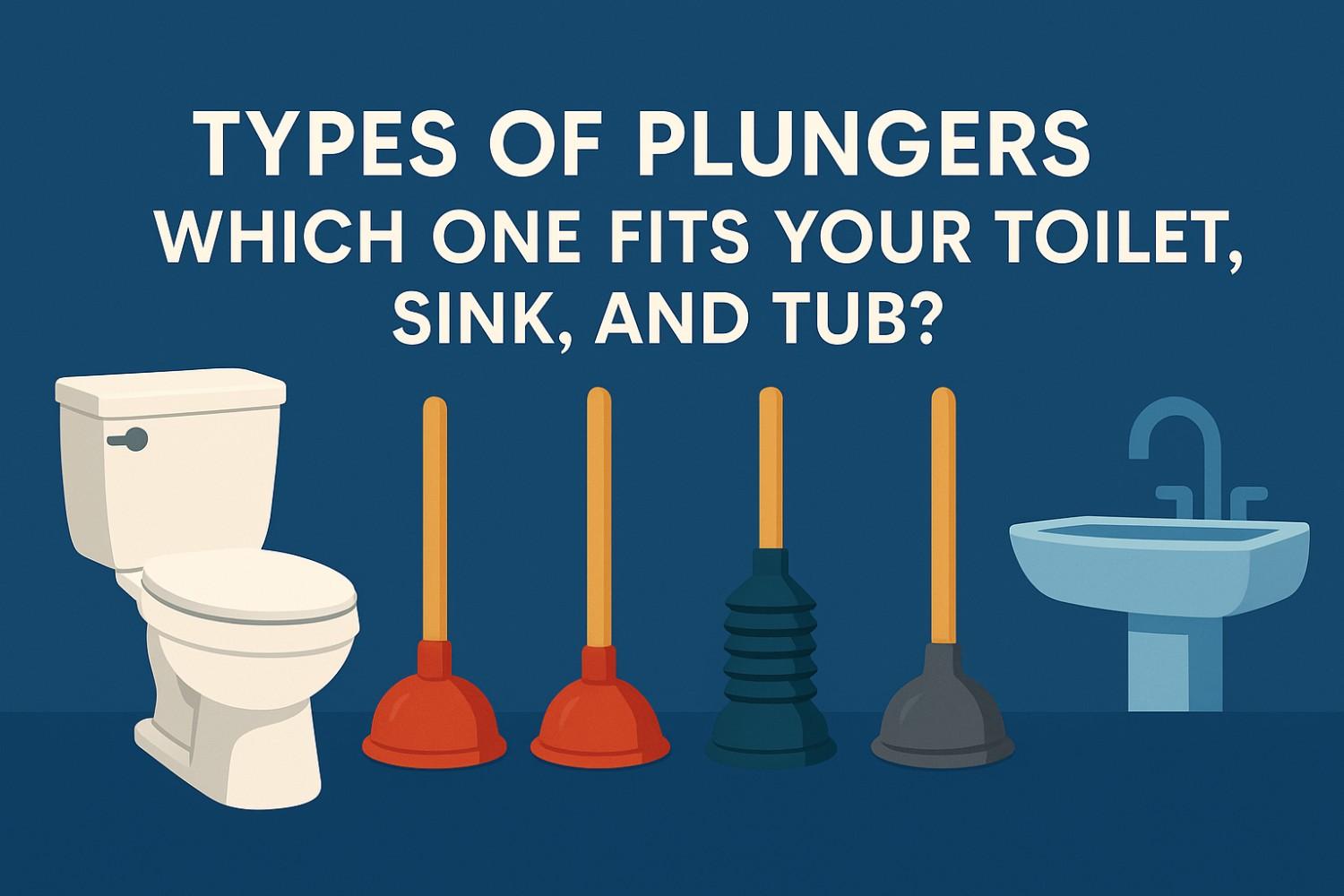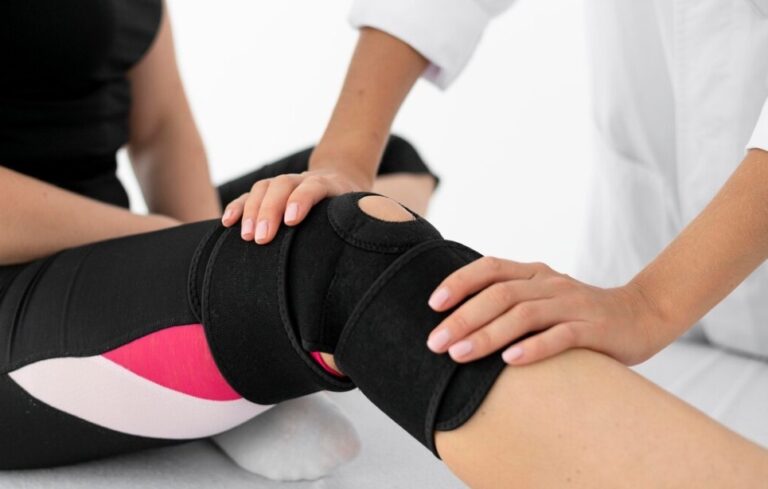If you’ve ever stared down a stubborn clog and wondered what tool to grab, you’re not alone. I’ve been there—elbow-deep in problem-solving—realizing the types of plungers matter far more than most of us think.
A plunger isn’t just a last-minute lifesaver; it’s one of the most essential tools in any home. Yet, most people don’t realize that there’s more than one kind—and that using the wrong type can make the clog worse instead of better. The right plunger can mean the difference between fixing your problem in minutes or calling an emergency plumber at 11 p.m.
So, before you grab whatever’s hanging behind the toilet, let’s get clear on the different types of plungers, how they work, and which one you really need for your bathroom, kitchen, or tub.
What Are the Types of Plungers? (And When to Use Each)
Before you run to the hardware store, it helps to know that not all plungers are built the same. Each type serves a unique purpose depending on the shape of the drain and the kind of clog you’re tackling.
Cup (a.k.a. Sink) Plunger
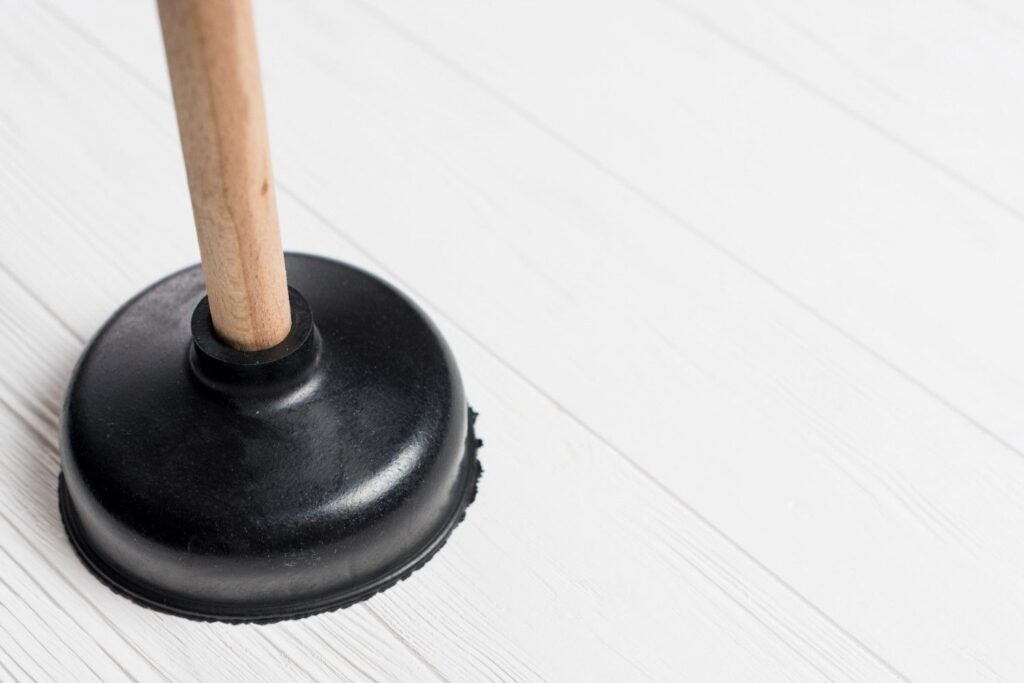
This is the classic red dome with a flat rim. It’s made for flat surfaces—think bathroom sinks, kitchen sinks, tubs, and some floor drains. Because the rim sits flush against a flat drain, it forms a reliable seal that lets you push/pull water to dislodge debris. It’s not ideal for toilets because toilet outlets are curved and recessed, which breaks the seal.
Flange (a.k.a. Toilet) Plunger
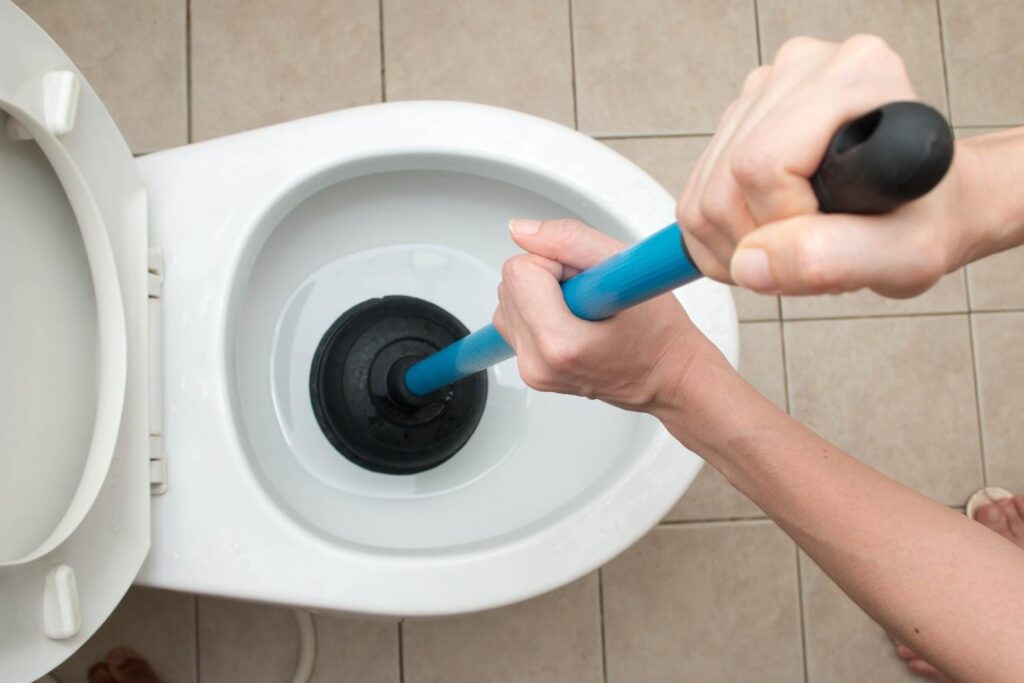
Looks like a cup plunger, but there’s a flexible rubber flap (the “flange”) that folds out from the bottom. That flange seats into a toilet’s outlet, creating the tight seal you need to move water forcefully through the trapway. You can tuck the flange back into the cup to use it on some flat drains in a pinch, but it’s purpose-built for toilets.
If that still doesn’t cut it, there are a few heavy-duty designs to consider.
Accordion (High-Force Toilet) Plunger

This plastic, ribbed design compresses like an accordion to push a lot of air/water quickly—great for tough toilet clogs or low-flow toilets that need extra oomph. It’s rarely the best choice on sinks or flat drains and can scratch porcelain if you’re rough, so position it carefully.
Beehive/Tiered (Hybrid Toilet) Plunger
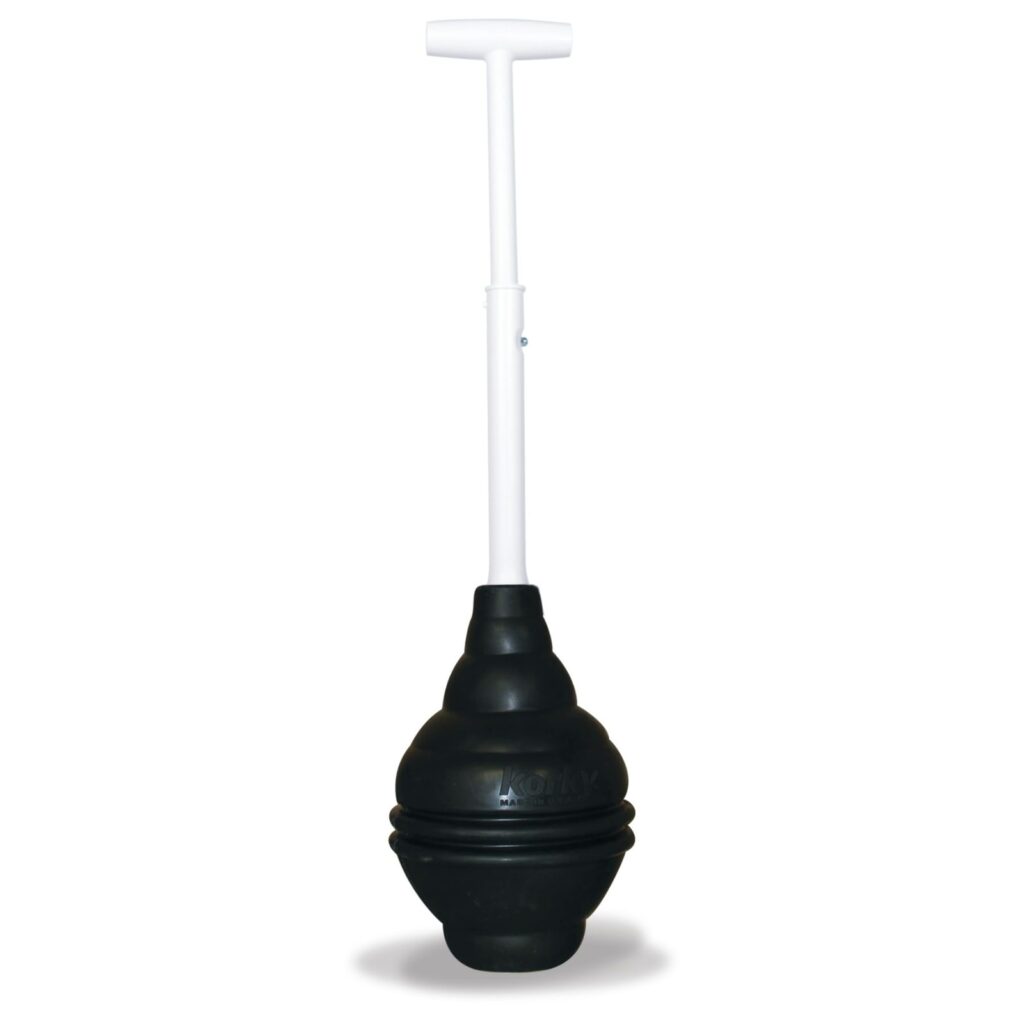
Image Source: Amazon
Modern hybrid designs have tiered rings or a bell/bulb (“beehive”) shape that aim to seal a variety of bowl sizes and can produce excellent suction. They’re very effective on many toilets, though the ridges can be a bit harder to clean.
Quick pick: sinks/tubs → cup; standard toilets → flange; stubborn toilet clogs or low-flow bowls → accordion or a quality beehive/tiered design.
How Do Plungers Actually Work?
Here’s the science behind the splash: a good plunge alternates positive pressure (push) and vacuum (pull) through a sealed interface. That back-and-forth pressure wave loosens and moves the clog until it breaks apart and flows away. The catch: no seal, no physics. That’s why matching the plunger shape to the drain shape is non-negotiable.
How to Choose the Right Plunger for Your Fixture
Picking a plunger isn’t just about shape—it’s about how and where you’ll use it.
Match the Drain Geometry
- Flat drains (sinks/tubs): cup plunger seals best on flat rims.
- Toilets (standard/elongated/low-flow/dual-flush): flange works for most; accordion or a well-designed beehive/tiered unit can add power and fit a range of bowl openings.
When you understand the geometry, the next factor is the clog itself.
Consider the Clog Type
Paper overload or soft blockages respond well to flange/beehive units. Stubborn, compact clogs (think low-flow bowls that trap waste in the bend) may need the extra pressure from an accordion style. Hair in tub/shower drains? A cup plunger can help, but a hair hook or drain snake is often the faster follow-up.
Still not sure what to buy? Material and handle comfort can make all the difference.
Don’t Forget Material & Handle
Wood or plastic handles are both fine; focus on grip and leverage. Softer rubber heads tend to seal more easily; stiffer plastics (like some accordions) deliver force but can be less forgiving on porcelain, so mind your angle.
Step-by-Step: How to Use a Plunger (The Right Way)
Knowing the theory is great, but here’s how you put it into action:
- Add water to cover the cup. Plungers move water, not air; make sure the head is submerged.
- Create the seal. For toilets, aim the flange/beehive into the outlet; for sinks/tubs, set the cup flat. If plunging a sink with a secondary drain/overflow, block the overflow with a damp cloth to keep pressure in the system.
- Prime with gentle presses. Slowly press down to push air out and seat the seal.
- Power strokes: Use firm, rhythmic pushes and pulls (10–15 strokes), keeping the seal intact.
- Check the flow. If water starts to drain, try one or two light strokes more, then flush/run water to confirm.
- Sanitize. Rinse the plunger with hot water and a disinfectant; let it dry before storing.
Frequently Asked Questions
1. Can I use a cup plunger on a toilet in an emergency?
You can try, but it’s not ideal. Cup plungers are designed for flat drains and struggle to maintain a seal on a toilet’s curved outlet, which means weak pressure and poor results. If it’s all you have, you might tuck a flange-style lip (if present) inside the cup to adapt—but a flange or accordion plunger is the right tool for toilets.
2. What’s better for toilets—flange, accordion, or beehive/tiered?
For everyday toilet clogs, a flange plunger is the reliable default. If you regularly face tough clogs or have a low-flow toilet, an accordion can deliver more force. Many homeowners also love beehive/tiered designs for their strong seal across bowl sizes; they just take a bit more cleaning care afterward.
3. Do plungers work on shower or tub hair clogs?
Sometimes. A good cup plunger can dislodge light, loose hair mats—especially if you block the overflow to keep pressure in the line. But dense hair clogs often respond better to a hair snake or drain tool, followed by hot water and enzyme cleaner.
4. Will an accordion plunger damage my toilet?
Used correctly, it’s safe and effective. That said, many accordion plungers are hard plastic, so if you plunge at an awkward angle or scrape aggressively, you could mark the porcelain. Seat the rim gently, keep it centered, and use steady strokes.
The Practical Buyer’s Checklist (Short & Handy)
If you’re shopping for plungers, here’s the takeaway you’ll actually remember:
- Own two: a cup plunger for sinks/tubs and a toilet plunger (flange or beehive/tiered) for the bowl.
- If you meet frequent, stubborn toilet clogs, add an accordion style for extra pressure.
- Look for solid grip, comfortable handle length, and pliable rubber that seals fast.
Final Flush: Master the Types of Plungers, Clear Clogs Faster
At the end of the day, even the simplest tools have their science—and mastering the types of plungers gives you control over one of the most annoying household problems. A good plunger doesn’t just save you from calling a plumber; it saves you time, money, and stress.
So, build your mini clog-fighting kit: keep a cup plunger for flat drains, a flange or beehive/tiered model for toilets, and an accordion unit if you often face tougher blockages. Once you’ve got the right tools and technique, you’ll handle any clog like a pro—quickly, confidently, and with no panic required.

